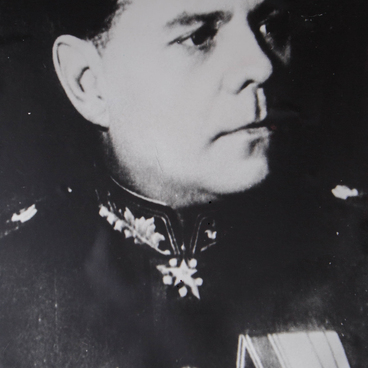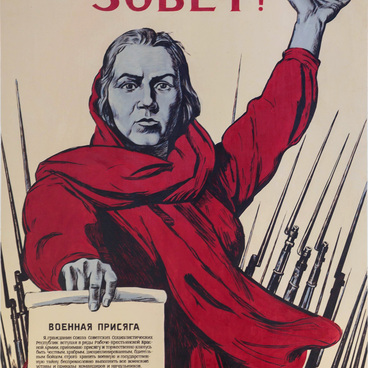The first soldiers’ medallions, or death tags, appeared in the Soviet Union after August 1925, when the order of the Revolutionary Military Council of the USSR No. 856 “On the Introduction of ‘Instructions for the Use of Medallions with Personal Information about the Red Army and the Soviet Navy Soldiers’” was issued.
According to this document, the army and navy servicemen were to be provided with a metal box with an eyelet, a parchment sheet for filling in personal information and a ribbon that was to be worn on the chest.
Before the Great Patriotic War began, on March 15, 1941, the order of the People’s Commissariat of Defense of the USSR No. 138 regulated the following: “By May 1, 1941, the Chief Quartermaster of the Red Army must provide the troops with medallions and insert sheets for wartime table of organization and equipment, and the headquarters of military districts — with forms of notices and forms of name lists.”
Around the same time, the “Regulation on Personal Accounting of Losses and Burials of the Deceased Personnel of the Red Army in Wartime” was also approved. Its third section read as follows, “The presence of a medallion and the correctness of the filled-in information must be periodically monitored by the Red Army and junior command staff during morning inspections, and by the commanding staff in cases when the unit departs for tactical training. The medallion is to be worn in a special pocket sewn on the face side of the trousers belt (on the right side). The medallion insert is to be filled in two copies.”
Every Red Army soldier was supposed to write down his surname, first name and patronymic, year of birth, military rank, native region (republic, krai, oblast, city or village), and information about his relatives. In addition, he also noted the district military enlistment office to which he belonged, as well as his blood type. At the same time, it was forbidden to indicate the name of their military unit.
The tags were called
“death medallions”. Many soldiers believed that filling out the form would
inevitably lead to death, and during the Great Patriotic War, some soldiers
went into battle without them. Sometimes the forms were not filled out.
Soldiers also used medallions as mouthpieces and stored in them sewing and
phonograph needles, threads, fish hooks, as well as other small items.



